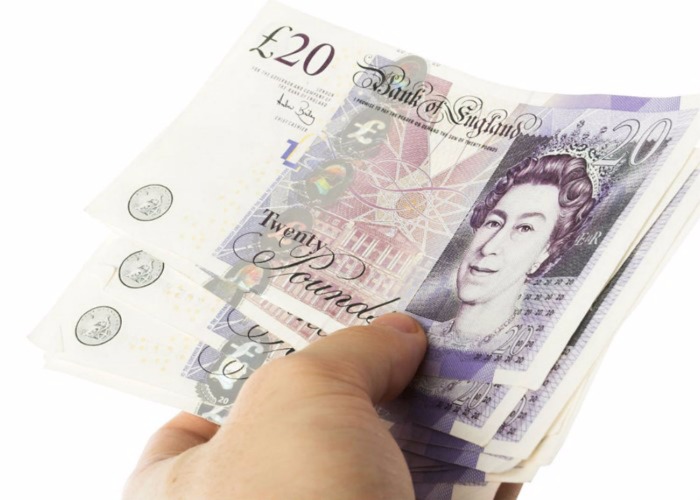Santander Edge review: bank account pays cashback on bills and supermarket shopping

Edge account offers the chance to earn cashback on your food and fuel spending, as well as household bills.
If you’re looking to give your finances a boost during the cost of living crisis, then making use of a cashback current account could be a useful tactic.
What’s more, there’s now a new account to consider from Santander, which not only offers the chance to earn some cashback on your household bills but on the money you spend at supermarkets too.
Getting the cashback Edge
The new Edge account pays 1% on a range of household bills that you pay through direct debit.
These include Council Tax bills, mobile and home phone bills, broadband and paid-for TV, energy bills and water bills.
Basically, you get 1% back of the money you spend on those bills in the form of cashback, capped at £10 a month.
What sets the Edge account apart though is the fact that you also earn cashback on supermarket and travel spending that you do with your debit card.
On the travel front that includes the likes of fuel, train and bus tickets, and charging electric vehicles.
That supermarket and travel cashback is also capped at £10 a month, meaning that in the best-case scenario you could earn as much as £20 a month in cashback from the Edge account.
Boosting your savings
Another selling point to the Edge account is that you get access to a linked savings account.
The savings account pays 4% on balances of up to £4,000. That includes a 0.5% bonus for the first 12 months.
Fees and minimum payments
In order to qualify for the cashback on offer from the Edge account you will have to pay in at least £500 a month.
You’ll also need to set up at least two direct debits, with the cashback then paid on a monthly basis.
There is a £3 monthly fee to take into account as well.
Doing things differently
Santander has a long track record when it comes to cashback current accounts.
Indeed, with the original 123 Account, it set the standard on an account that offered both cashback on household bills and a leading interest rate on your savings.
The Edge account is an interesting evolution of that concept, expanding the areas in which you can earn cashback to include supermarket shopping and filling up your car.
For some shoppers, this addition will leave them better off than with rival cashback current accounts.
That said, the fact that the cashback is limited will dent its appeal for some.
If you happen to have large household bill direct debits or spend a lot at the supermarket, then it may be that you would have enjoyed an even greater return without that cap in place.
It’s worth noting that Santander still has a version of the 123 account available, which could potentially provide you with even more cashback depending on your circumstances.
The 123 account pays 1% cashback on Council Tax bills, mobile, broadband and phone bills, as well as Santander mortgage payments.
It then pays 2% on energy bills, Santander life or home insurance policies, and 3% on water bills.
The 123 account also pays 1.75% on balances of up to £20,000, and comes with a monthly fee of £4.
Depending on your circumstances, you might find that you’re better off with the 123 account ‒ that’s one of the difficulties of cashback accounts, you will need to do some calculations first to establish which account is likely to be best for you.
There are plenty of other cashback current accounts worth considering too, such as the Chase account and the Halifax Reward account.
For a full run-through on how they work, check out our guide to cashback current accounts.
Verdict: get something for nothing
I’m a big fan of cashback current accounts. I have always liked the idea of getting something for nothing, particularly when that something is cold, hard cash.
And with a cashback current account, you get a return from money you were going to spend anyway.
The reality is that you will have to pay for your broadband, your Council Tax, your water bill, etc each and every month. So why not make use of a bank account that will give you a little back when you make those payments?
Of course, they won’t be right for everyone.
If you really want to maximise the returns, you will need to have all of those bill payments coming out of a single account ‒ otherwise, you may find that the monthly fee eats up most or even all of the cashback generated.
It’s also worth considering other ways to earn cashback beyond your current account.
Cashback credit cards can be a terrific tool, allowing you to get something back whenever you spend, even if it’s not at the supermarket or petrol garage. As with cashback current accounts, there may be a fee to consider though.
And then there are cashback websites, which allow you to get a return every time you shop online.
Check out our guide to cashback for a full run-through of the ways you can get something back in all areas of your spending.
Comments
Be the first to comment
Do you want to comment on this article? You need to be signed in for this feature